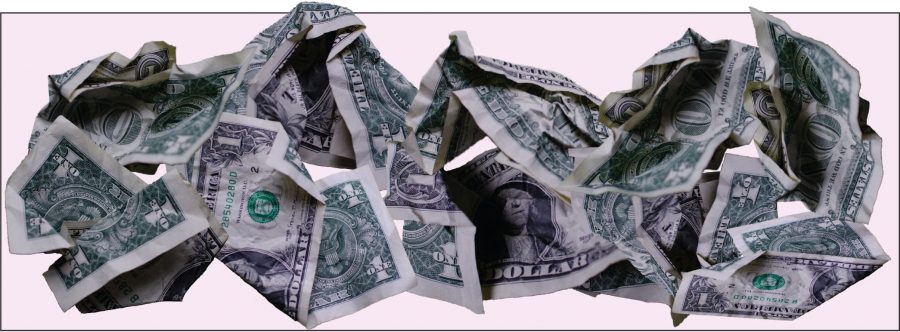
From the time I picked up a
book on Queen Isabella of Castilla in third grade, I have never stopped loving history. From my years of tearing through books, quite a few were historical fiction, and of those few, here are the top three that dealt with the subject of Pearl Harbor.
“Under the Blood Red Sun” by Graham SalisburyPearl Harbor
This book is from the perspective of a Japanese-American teen, Tomikazu Nakaji, living in Hawaii at the time of the attack. The book deals with the aftereffects of the attack on Japanese-Americans, including the arrest of anyone resembling someone of Japanese heritage and the prejudice that followed. While
Under the Blood Red Sunfocuses on an American bias of the event,
takes the reader on a journey through the eyes of the innocent and young, thrown into a world of turmoil.
“Thin Wood Walls” by David PateneaudeThis Wood Walls
In an attempt to prevent any other sneak attacks by the Japanese, the U.S. government herded Japanese-Americans to internment camps. Secluded from the rest and torn from his home in Seattle, teen Joe Hanada’s whole family relocates to Tule Lake War Relocation Camp, where other Americans treat them with prejudice. Although all written in Haiku poems, Hanada’s words hold deep meaning with plenty of details. While one of the main effects of Pearl Harbor is the unification of the U.S. in its effort towards winning WWII,
shows the opposite effects of nationalism.
“When My Name was Keoko” by Linda Sue ParkAlthough this book does not deal directly with Pearl Harbor, it does put in perspective the “Japanese” soldiers who destroyed Pearl Harbor. In the book, Keoko, a Korean girl at the time in Japanese-ruled Korea is forced to change her name to a Japanese one. Her brother is taken captive by the Japanese and subsequently ordered to participate in the attack against Pearl Harbor. Although this book does not wholly focus on Pearl Harbor, bits and pieces of the story do.
By Daphne YuWhat about you? Do you have a title to recommend?












































































